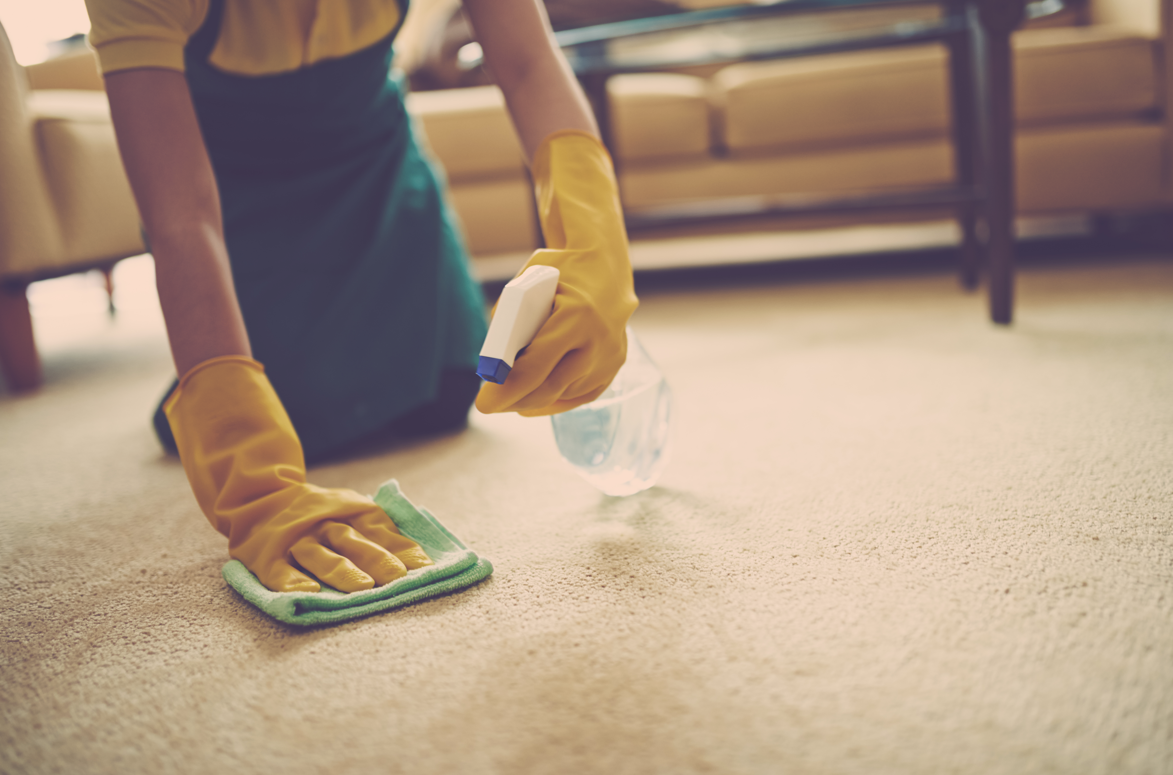The Science Behind Stain Removal

The Science Behind Stain Removal
In this blog, we will delve into the fascinating science behind stains. We will explore what causes them, and the underlying chemical processes involved. By understanding the science, we will be able to provide practical tips and methods for effectively removing a wide range of stains.
Understanding Stains
Stains are unwanted marks or discolourations that can appear on various surfaces and become stubborn over time. It is important to correctly identify stains for effective removal.
- Organic Stains: These types of stains come from organic materials such as food, blood, sweat, or grass.
- Inorganic: These are often metallic or dye-based, such as rust or ink.
- Protein based: These types of stains set with heat, examples include blood, dairy products, and require enzymatic cleaners.
- Oil based: These types of stains repel water, and will require solvents or degreasers. Examples include grease or butter.
- Tannin Based: Tannin-based stains are acidic, best treated with acidic or tannin-specific removers. Examples of stains include coffee, tea, and wine.
- Combination: Some stains are composed of several of the above, and will require multi-step treatment.
Identifying the type of stain is essential for effective removal as the wrong treatment can set the stain, causing it to bind more tightly to the surface or fabric.
Stain Removal Techniques
To effectively remove stains, it is important to understand the chemistry of cleaning agents including solvents, surfactants, and enzymes, and how they interact with different types of stains.
- Solvents: Solvents dissolve substances that water alone cannot. Water is known as a universal solvent and can be effective for many polar substances. Organic solvents such as alcohol or acetone dissolve non-polar substances like oils, grease, and some inks. Solvents work by breaking down the molecular bonds between the stain and the surface, allowing it to be lifted away.
- Surfactants: Surfactants reduce surface tension of water, surrounding and lifting away oily or greasy stains.
- Enzymes: These are biocatalysts that break down specific organic molecules. Enzymes target and degrade the stain at a molecular level, allowing it to be more easily washed away.
pH also plays an important role in cleaning, impacting the solubility and reactivity of the stain and the cleaning agent. Using the wrong pH can set the stain or damage the material. Acidic cleaners, with a pH under 7 are effective on mineral deposits, rust, and tannin stains. Neutral cleaners are gentle on delicate fabrics and surfaces. Alkaline cleaners, with a pH above 7, are best for grease, oils, and protein based stains.
Heat also has a major impact on stain removal, with dye-based and protein-based stains best treated in cold temperatures, and oil and tannin stains best treated in warm temperatures. High temperatures can set protein stains or damage delicate fabrics.
Stain Removal Methods
Some common stain removal techniques include:
- Blotting: This technique absorbs excess liquid without further spreading the stain. This involves pressing gently on the stain to lift it, without rubbing.
- Soaking: This involves submerging the stained item in water to loosen stain particles before washing.
- Scrubbing: This can be carried out using a soft brush or cloth. This should only be carried out on durable fabrics or surfaces to avoid damage.
Tips For Shifting Stubborn Stains
Particularly stubborn stains may require more advanced stain removal techniques, including:
- Oxidation: This method uses oxidizing agents to break down stain molecules by altering their chemical structure. This is effective for removal of organic stains.
- Enzymatic Cleaners: These cleaners contain enzymes that work by digesting organic matter such as proteins, fats, and starches. These are effective for tackling blood, sweat, and pet stains. Biological laundry detergents and pet stain removers are examples of some common enzymatic cleaners.
- Steam Cleaning: This method uses high-temperature steam to loosen dirt, kill bacteria, and dissolve stains. This is effective for deep-set stains in carpets and upholstery.
You should consider seeking professional cleaning services when stains are deeply embedded and persist after multiple cleaning attempts. Large-scale stains or stains to fragile material may also require professional assistance.
Eco-friendly Stain Removal
Cleanology has decided to use environmentally friendly cleaning products due to their effectiveness and their benefits to health and sustainability. The products are manufactured in the UK and come in sachets which are recyclable. The products utilise specialist biotechnology to remove dirt, grease, grime, scale and odour. The microbes continue to work once on the surface providing residual protection and extended cleaning performance. The products are pH neutral, made from naturally derived, renewable ingredients, are not tested on animals and reduce CO2e by up to 85%.
It is also possible to make your own cleaning solutions using natural ingredients which can be found in your home.
All-Purpose Stain Remover Spray
- 1 Cup White Vinegar
- 1 Cup Water
- 1 Tablespoon Baking Soda
Grease and Oil Stain Remover
- Cornstarch or Baking Soda
- Dish Soap
Maintenance and Preventative Methods
Establishing a regular cleaning routine is one of the most effective ways to prevent stains. This removes residue before it sets, reduces buildup, and preserves protective coatings.
Fabrics & Upholstery
- Vacuum regularly to remove debris
- Use fabric protectors to create a stain-resistant barrier
Carpets & Rugs
- Vacuum regularly
- Use doormats
- Apply carpet protectants after cleaning
Hard Surfaces
- Wipe spills immediately to prevent staining
- Use coasters and placemats to protect from food and drink
- Seal porous surfaces annually to prevent staining
Commercial Cleaning Support
If you are looking for a commercial cleaning service, please don’t hesitate to get in touch.


